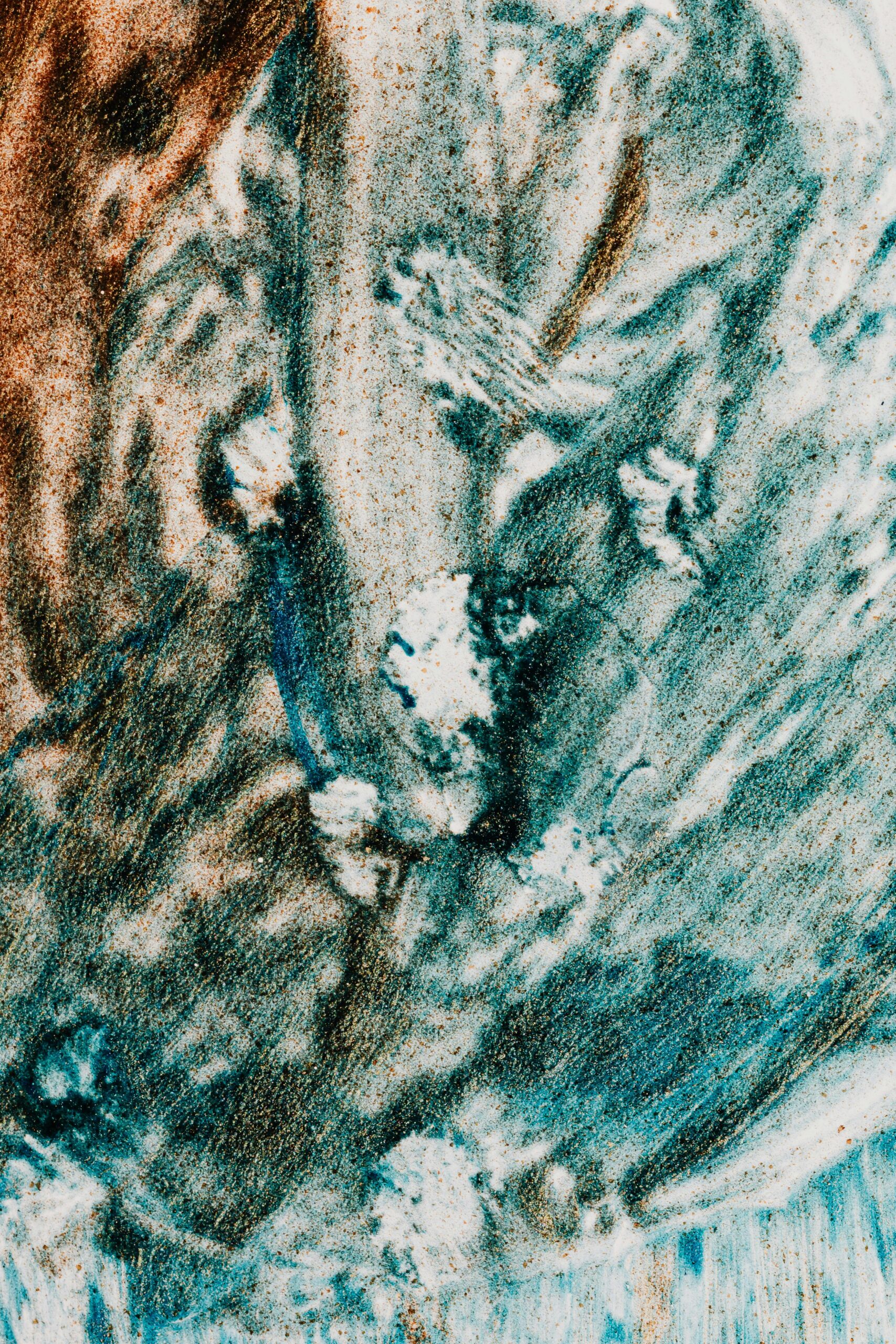The Last Wasp
You crawl across the unsealed cells of a hexagonal hive
that’s mounted in the corner beneath the roof like an
outdoor speaker. You move your smooth, sleek, shiny
tripartite body from chamber to chamber conducting
a final crib check in a collapsing colony. This is your
last crawl. Do you know that? Early spring I watched
your mated queen put up her pendant throne as she
awaited the birth of her winged workers. In late summer
her majesty wielded absolute vespid power over an ever
expanding catacomb queendom. But now it is winter.
The queen is gone. You are the lone drone, the noble one,
the one that didn’t fly away and leave the queen regnant behind—
smoky black wings and multiple stings—the last courtier
crawling over a masticated monarchy. This is your last crawl.
Do you know that? The winter is your guillotine.
I am here to catch your loyal head.
“Martin Ramirez (1895-1968) is simply one of
the greatest artists of the 20th century.”
New York Times / 2007
“Martin Ramirez (1895-1968) is simply one of
the greatest artists of the 20th century.”
New York Times / 2007
The Mute
They said he was a catatonic schizophrenic, a mute.
He made his own paint by melting crayons on a hot furnace
and blending them with crushed color pencils, mixing them
together with his own incarcerated spit.
He was a Mexican immigrant searching for work opportunities
in California to support his family back in Jalisco and what
he found was 32 years in a state psychiatric hospital.
His dense and intense drawings invited the mind’s eye inside a
proscenium of rhythmic and pulsating lines framing mounted
caballeros, trundling locomotives, and levitating Madonnas.
They called his self-taught scavenger drawings and collages
outsider art as in art created outside the boundaries of
accepted definitions of art at the time.
Just recently, sixty years after his death in DeWitt State Mental Hospital,
Auburn, California, one of his drawings sold for three-hundred
thousand dollars at auction in Paris.
They said he was a catatonic schizophrenic, a mute,
never giving credence to the notion that perhaps he
believed his art would speak for itself.
Thomas Molitor is a graduate of UC Berkeley and lives in the high-desert of New Mexico.

